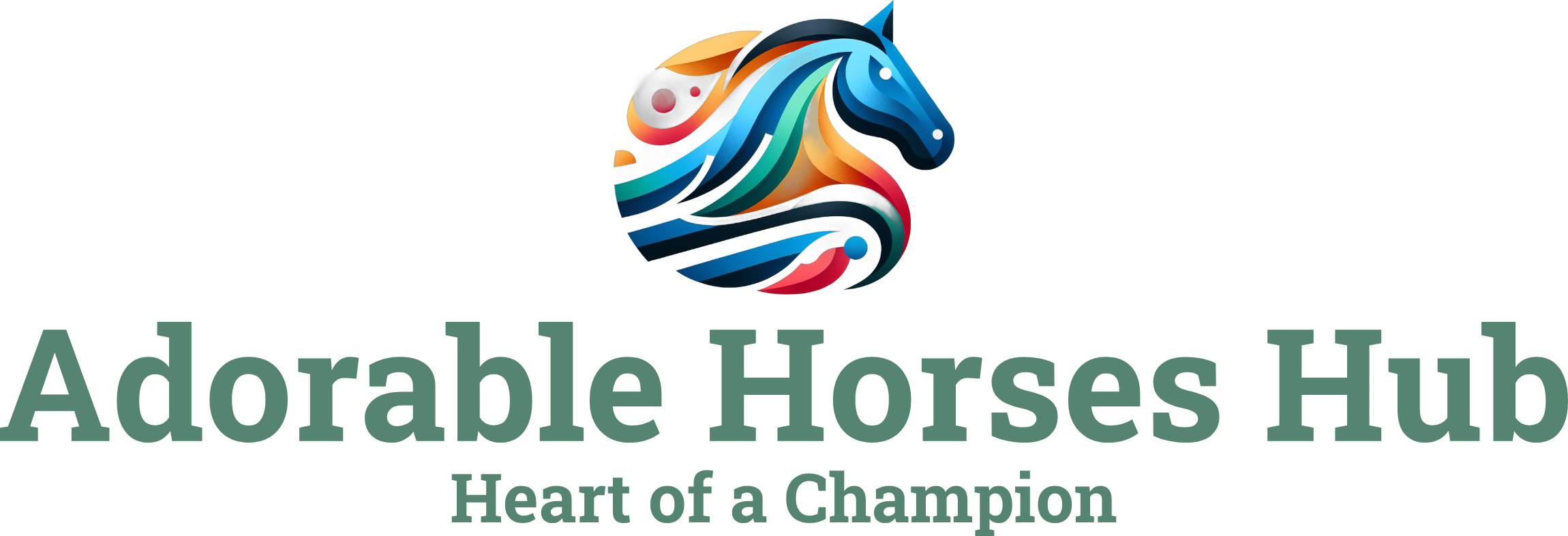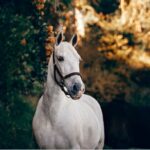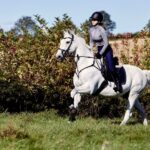

Understanding the limitations of a horse’s sight
Understanding the limitations of a horse’s sight
Researched and written by Adorable Horses Hub
Background
As the owner a forward-thinking company, we continually strive to make quality horseboxes that are safer and have increased durability. This safety-first approach is aimed at avoiding problems and reducing stress.
Our first topic deals with colours and finishes and surprisingly, this is a commonly overlooked area.
Hopefully, this will be something horse owners will find insightful and interesting.
Characteristics and defining behaviour of horses
1. Consider that horses’ eyes are among the largest of any land mammal and that they have a range of vision of around 350°, with approximately 65° of this being binocular vision and the remaining 285° monocular vision.
2. Horses have a blind spot of anywhere less than 90 to 120 cm directly ahead. They need to lower their heads to focus on closer objects.
3. Horses are very sensitive to motion, as motion is usually the first alert that a predator is approaching. Such motion is usually first detected in their periphery, where they have poor visual acuity, and horses will usually act defensively and run if something suddenly moves into their peripheral field of vision.
4. Research indicates that their colour vision is somewhat like red-green colour blindness in humans, in which certain colours, especially red and related colours, appear greener.
5. Studies have shown that horses are less likely to knock a rail down when the jump is painted with two or more contrasting colours, rather than one single colour.
6. It is especially difficult for horses to distinguish between yellows and greens.
7. Horses are less able to adjust to sudden changes of light such as when moving from bright daylight into a darker area.
Designing the horse area in our KPH horseboxes
We looked in depth at lighting and the first change across our models was swapping the internal running lights to a very calming green (they come on with sidelights). Horses are very happy with green and anything that reduces stress is most definitely desirable.
Looking at the horse area colours, we minimised these to white, black, and silver. Ideally, we would have chosen green Coat-X for the ramp and horse area floor. We did test this colour intending to improve loading. It looked great and the testing showed promising results, however, areas in full sun faded with UV light and although colour fixed variants are available, the cost was prohibitive. For the present we opted for black Coat-X to match other finishes and to keep colours to a minimum.
For loading ease and extra safety, we already use the minimum step up onto the ramp, and from the ramp to the horse area. To highlight these changes of surface or height for the horse, we finish these areas in stainless steel as it contrasts well with the black Coat-X. Additionally, stainless steel adds massively to durability and over time, to safety. Horses can clearly see the demarcation between the floor/ramp and ramp/horse area.
Reflections when loading can be problematic if they pop up in the peripheral field of vision. For the loading doors, we decided to swap all shiny finishes to a mat black Coat-X finish. This black finish extends to everything in the horse area below breast height. This is a change where the effect is extremely hard to judge, hopefully it is one that just works in the background!
The main lighting in the horse area was another consideration and we have moved the lighting behind the horses to reduce glare, stress, and the chance of spooking.
On some of our models we even fit discreet down-lighting above the ramp for easy loading.
Food for thought….
- Do the horses need to see so clearly outside?
- Do clear windows add or remove stress?
- Would opaque glass work better?
- Does the tint or colour of the glass have an effect?
- Do any sudden movements of passing vehicles have an effect?
Windows are a topic where we are still collating feedback from our customers. Windows add light and ventilation but are we just following what has gone before without questioning why!
These questions are hard to judge without first hand observation.
What are your experiences ?
We would be very interested to hear if you have some insight on this topic.
Please get in touch via my email
Add a comment Cancel reply
Categories
- Equestrian News (4)
- Horse Feed & Nutrition (1)
- Horse Health (2)
- Horseboxes (1)
- Top Tips for riders (1)
Recent Posts

Related posts


Rider Guider review








